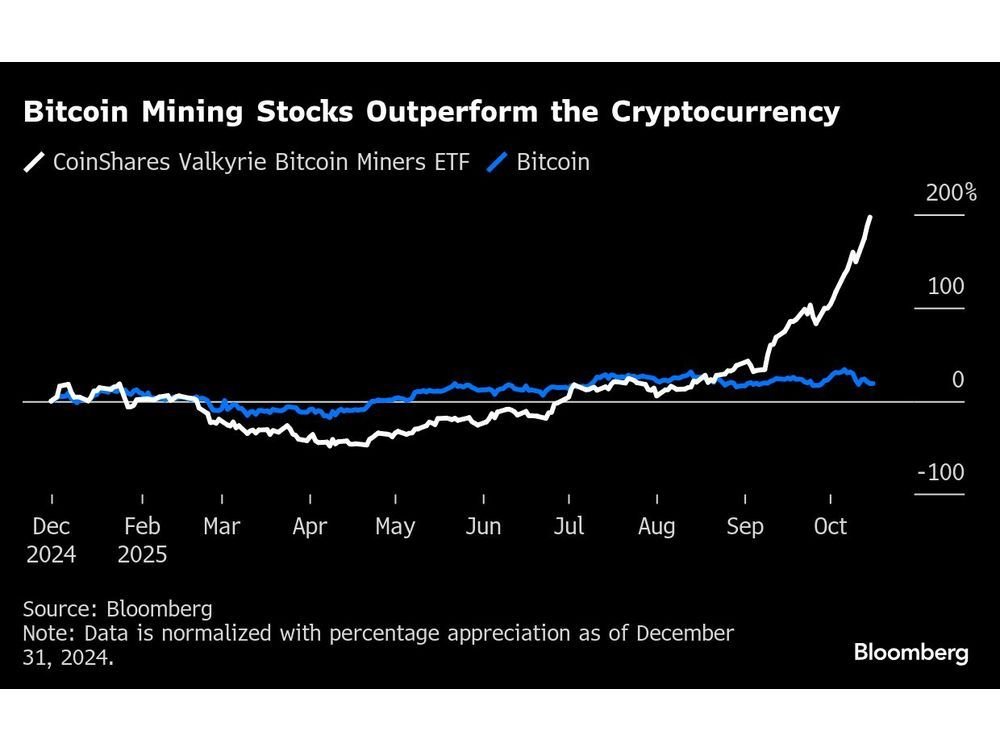U.S. Targets Cambodian Pig Butchering, Takes $14B in Bitcoin as Biggest Ever Seizure

U.S. Targets Cambodian Pig Butchering, Takes $14B in Bitcoin as Biggest Ever Seizure
As the Justice Department pursues Prince Group’s leader, the Treasury Department sanctioned the company while also severing Huione from the U.S. finance.
What to know:
- The founder and chairman of Cambodian-based Prince Group is under U.S. criminal indictment, tied to the global company’s alleged pig-butchering operations.
- While the Department of Justice chases Chen Zhi, the Treasury Department sanctioned Prince Group, designating it a transnational criminal organization.
- On the same day, Cambodian Huione Group was formally severed from the U.S. financial system.
- In the Prince Group case, the DOJ seized more than $14 billion in bitcoin, the department said.
U.S. authorities dropped a legal hammer on global firm Prince Group as an operator of forced-labor global scam operations — including infamous pig butchering schemes — based in Cambodia, indicting the company’s leader and imposing sanctions.
UK and Cambodian national Chen Zhi, the founder and chairman of Prince Group, was indicted in New York on Tuesday for allegedly conspiring to launder money and committee wire fraud, according to the Department of Justice. In that case, the DOJ took what it said was its largest-ever crypto seizure of 127,271 bitcoin , worth about $14.4 billion at current value.
“Today’s action represents one of the most significant strikes ever against the global scourge of human trafficking and cyber-enabled financial fraud,” said U.S. Attorney General Pamela Bondi, in a statement.
And in a coordinated effort, the U.S. Department of the Treasury said it sanctioned Prince Group on Tuesday, designating it a transnational criminal organization and blocking its financial activity and the ability for people to do business with it without U.S. repercussions.
According to a DOJ statement, the defendant and his executives secretly “grew Prince Group into one of Asia’s largest transnational criminal organizations.” One of the leading money generators, according to the U.S. authorities, was so-called “pig butchering” in which people — largely in the U.S. — are scammed for crypto assets they often believe are going toward remote romantic partners. “Prince Group carried out these schemes by trafficking hundreds of workers and forcing them to work in compounds in Cambodia and execute the scams, often under the threat of violence,” the statement said, describing barbed-wired compounds, political influence and sophisticated crypto laundering efforts.
The CEO, who is at large, and those accused as co-conspirators are said to have used proceeds on lavish lifestyles, including in one case the purchase of a Picasso painting.
On the same day, the Treasury finalized a rule to entirely sever Cambodian conglomerate Huione Group from the U.S. financial system — the most potent action in the U.S. international financial arsenal. It said Phnom Penh-based Huione had been laundering proceeds of crypto scams.
“The rapid rise of transnational fraud has cost American citizens billions of dollars, with life savings wiped out in minutes,” said Secretary of the Treasury Scott Bessent, in a statement.
The Treasury Department has steadily been circling Cambodian criminal enterprises, targeting individuals allegedly connected with the vast array of illicit activities there. Those crypto-funded operations have long been a focus of digital assets analytics firms, investigators and even congressional inquiry.
Though the system hasn’t yet been established in the U.S., the Treasury Department has been trying to implement President Donald Trump’s order to set up a bitcoin reserve. That “strategic” reserve is meant as the destination of any bitcoin seized by the U.S. government, suggesting a potential final stop for the billions in assets taken in this case.
The specific assets seized in the Price Group case originated as assets said to be stolen from LuBian, a bitcoin mining operation working out of China and Iran and controlled by Prince’s Chen, according to an analysis from Elliptic. Once said to be the sixth-largest crypto mining operation in the world, LuBian shut down shortly after the assets were said to go missing in 2020.
“It remains unclear how the bitcoins came to be in US custody,” Elliptic said in its report on Tuesday. “It’s also unclear who ‘stole’ the bitcoins from Chen/LuBian or whether a theft really took place.”
Read More: U.S. Government Begins to Sever Cambodia’s Huione Group from Financial System
UPDATE (October 14, 2025, 21:02 UTC): Adds Elliptic analysis of origin of seized bitcoin.
Mais para você
OwlTing: Stablecoin Infrastructure for the Future
Stablecoin payment volumes have grown to $19.4B year-to-date in 2025. OwlTing aims to capture this market by developing payment infrastructure that processes transactions in seconds for fractions of a cent.
More For You
‘Bitcoin Never Shuts Down’: U.S. Treasury Secretary Marks Anniversary, Needles Democrats
Scott Bessent marked the white paper’s anniversary by lauding bitcoin’s resilience and contrasting it with Washington gridlock, rekindling debate over Treasury’s crypto stance.
What to know:
- Scott Bessent praised bitcoin’s “never shuts down” design in an Oct. 31 post on X and added a jab at Senate Democrats.
- His stance echoes remarks earlier this year backing stablecoins under the GENIUS Act and exploring a Strategic Bitcoin Reserve.
- The post landed during a partial federal shutdown that furloughed about 900,000 workers and halted services at several agencies.
‘Bitcoin Never Shuts Down’: U.S. Treasury Secretary Marks Anniversary, Needles Democrats
Analyst Says Ethereum Is the Best Ecosystem and Ether Is Poised to Top $5,000
Chainlink’s LINK Bounces 3.6% From Lows; Stellar Integration Expands RWA Reach
Crypto Bank Custodia Suffers Another Court Rejection in Fed Master Account Pursuit
The Bitcoin White Paper Offered a Blueprint for a More Reliable Financial System
‘Do Not Fear Ghosts of Fiat,’ Says Bitcoin Policy Institute, as Bears Lurk at Resistance
Crypto Bank Custodia Suffers Another Court Rejection in Fed Master Account Pursuit
Tether Profits Topped $10B in First Nine Months of Year; Starts Share Buyback Program
Strategy Eyes Global Credit Expansion With Focus on International Markets
The Bitcoin White Paper Offered a Blueprint for a More Reliable Financial System
Inflation Still Too High — Fed’s Jeff Schmid Explains His Vote Not to Cut Rates This Week
Wall Street Divided on Coinbase’s Path Forward After Q3 Earnings Beat
!–>!–>!–>!–>!–>!–>!–>
Read More
Be the first to write a comment.




![j4]srcsrcnrj17dqamj6sur}xvgt_media_dl_1.png](https://smartcdn.gprod.postmedia.digital/financialpost/wp-content/uploads/2src25/1src/bitcoin-mining-stocks-outperform-the-cryptocurrency.jpg?quality=9src&strip=all&w=288&h=216&sig=rB3FKWlVN9tKStxUq2K3Xg)





Postmedia is committed to maintaining a lively but civil forum for discussion. Please keep comments relevant and respectful. Comments may take up to an hour to appear on the site. You will receive an email if there is a reply to your comment, an update to a thread you follow or if a user you follow comments. Visit our Community Guidelines for more informati